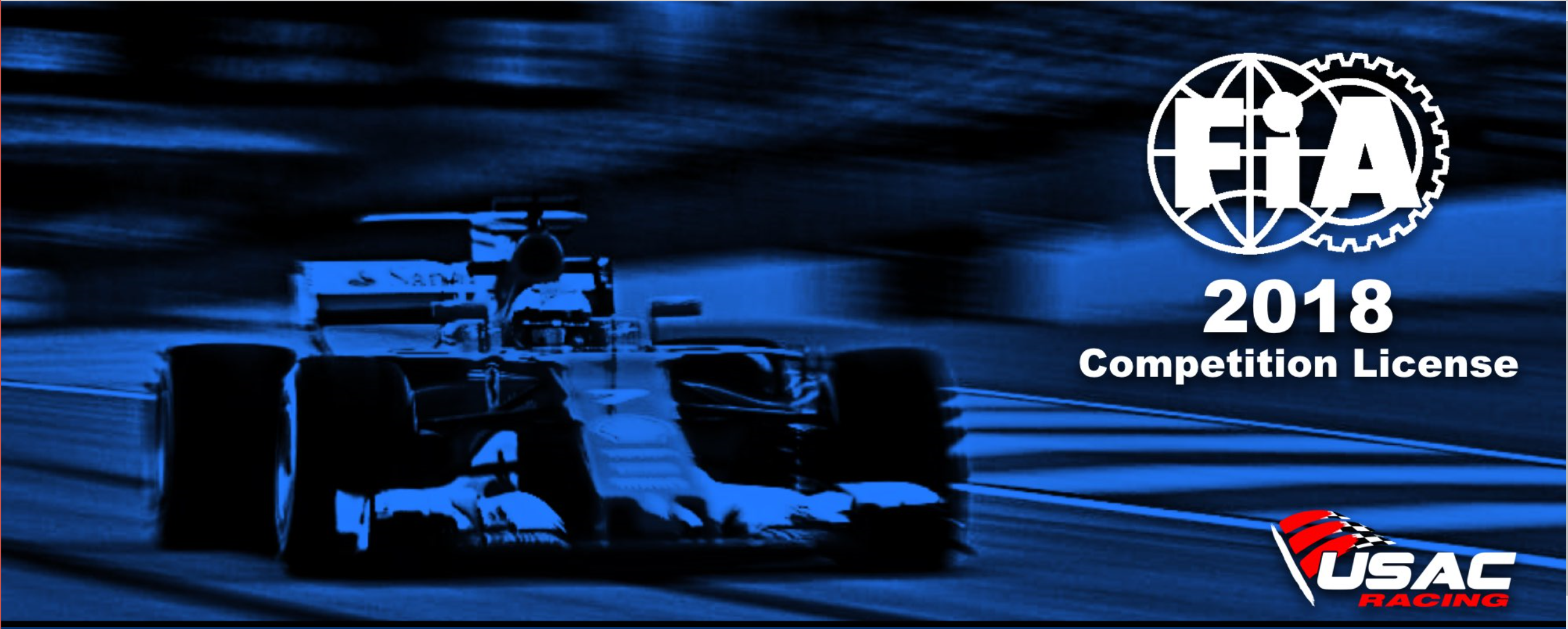
So you want to go ‘Pro’ racing? Or maybe you want to have the license that gives you access to every regional sanctioning body in the US? Odds are, you’re going to need more than the regular regional racing license. And if it is international competition, you’ll very likely need an FIA (Fédération Internationale de l’Automobile) racing license. For the Creventic 12 hours of Imola race, that’s exactly what was needed, so here is what that experience was like.
What’s different between an FIA and a national/regional (e.g. SCCA/NASA/ICSCC) type license?
One major thing: FIA licenses are for experienced racing drivers, not just accredited racing drivers. For just about all other racing licenses, you need to prove that you’ve completed a [insert level of quality here] racing curriculum. You need not have actually completed many races or been ‘fast’ to get an SCCA, NASA or for me personally, ICSCC racing license. This level of training shows that you have a base level understanding of race car dynamics, how event is organized, what the flags mean and how to be safe on-track.
From the application process for FIA, they have a higher bar. They are looking for some level and amount of experience. They want to know who you are as a racing driver, via the driver biography.
The second thing is the general global acceptance of the license. At least within the US, if you have an SCCA license, it will be accepted at various levels by other sanctioning bodies. SCCA being the most widely accepted, NASA following closely behind and more regional licenses also being accepted but having to provide more proof the further outside the region you go because there is a lower probability a licensing director has heard of the regional body.
Bottom line: When you have a valid, in good standing FIA license, you can pretty much race anywhere in the world.
How to get an FIA license: Step by step
Step 1: Collect these pieces of information before you start the application process
- A passport compliant photograph of yourself. It doesn’t need to be exactly a passport photo but must follow the general rules. Here is a link to the United States passport photo requirements.
- I used a head-shot from a photo shoot at work, cropped to be 2×2 inches or 51x51mm. Make sure it is saved in .jpeg format for best picture quality.
- A racing biography. This was a little confusing as there is no standard template. So I simply created a ‘resume’ style biography of my driving. I’ve included a PDF copy of that below for reference. It needs to cover things like how long you’ve been racing, what organizations, how many races, finishes, etc.
- A current copy of a medical exam form for racing, that was completed in the past 3 months. The FIA also does not provide a template, so I used the medical exam for used for an ICSCC competition license and that worked just fine.
- Your credit card to use for payment.
Step 2: Go to the US FIA Licensing website and fill out the application
- Application link for United States based FIA licenses
- Fill out the form. The first section is your personal details.
- Select ‘No’ for Have you had a previous FIA competition license.
- Select and upload your racing driver bio document. PDF format is your best bet.
- The second section you should select ‘Competition License only’ and yes for the additional fee for International Competition Authorization.
- Select Grade ‘C’ unless you are driving a GT3 race car or higher.
- Upload your passport style photo and completed medical exam form.
- Check the waivers and acknowledgements.
- Click next
Step 3: Pay the fee
Yes, this is expensive and resulting in almost $500 USD. The positive side is that this should be the only license you need if you compete in US national and regional club racing competitions. You might still need to pay a guest fee of some sort but that’s it.
You will get a confirmation screen and document which outlines everything and even provides a handy QR code to track the progress of your application.
Summary: Simple and straight forward
I personally did not request the expedite service and in under 2 weeks, I got the license in the mail!

From the moment I first clicked on the link to apply for the license, to when I got the license in the mail was about 1.5 months. This was because I had to ask questions about what does a racing bio look like? What medical form should I use? Then I had to make and get to a doctor’s appointment, of which was a little hard because work-life and life-life has been a bit crazy.
But overall, if you’re looking to do FIA sanctioned competition its not a difficult process to get through, especially with this guide. 😉
Let us know how it goes for you? Did you have a different experience? Have you applied for a B or an A license? Share other driver bios!
